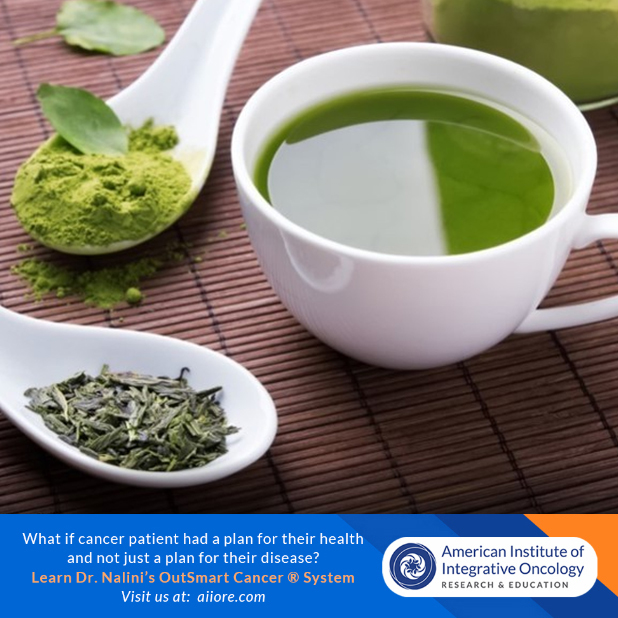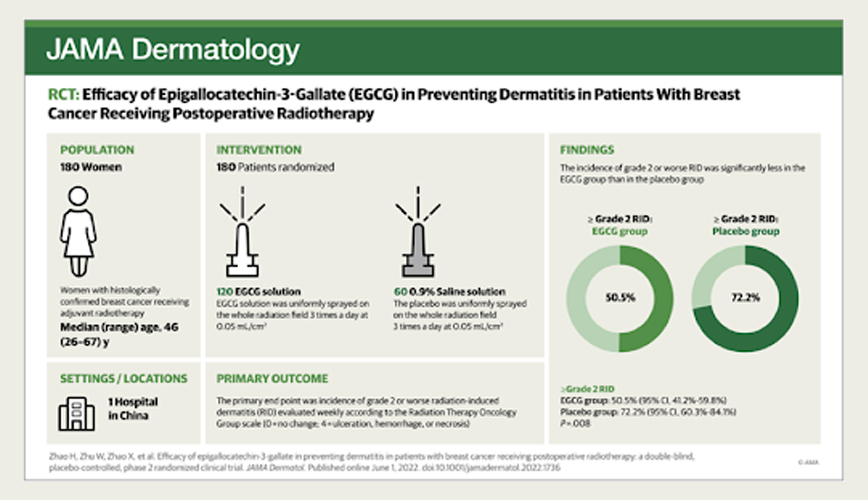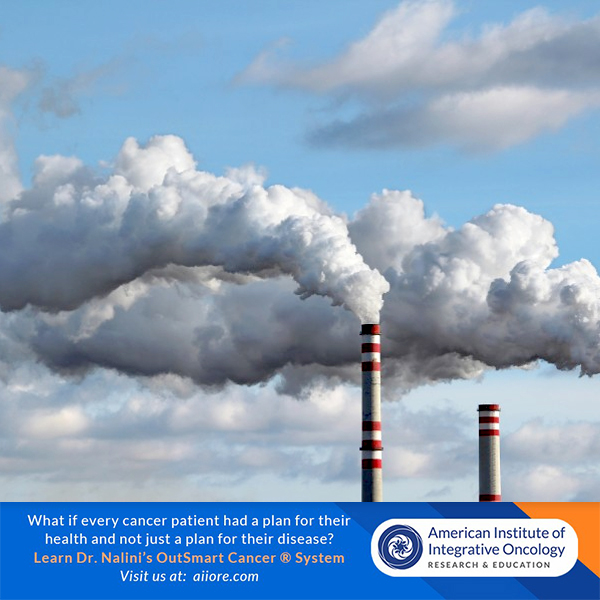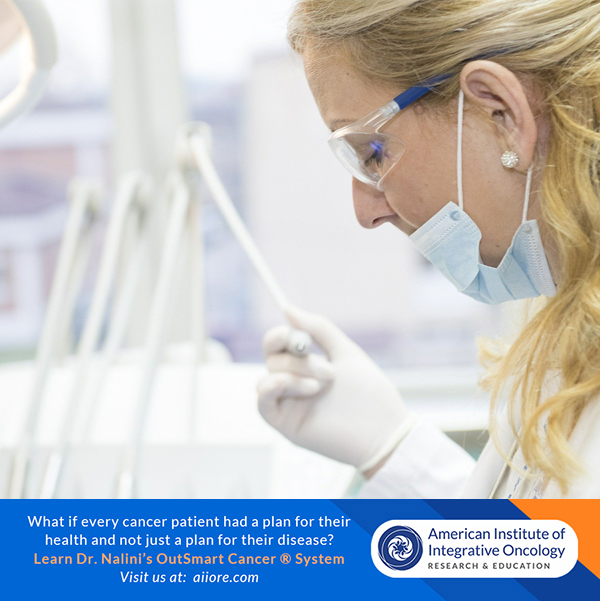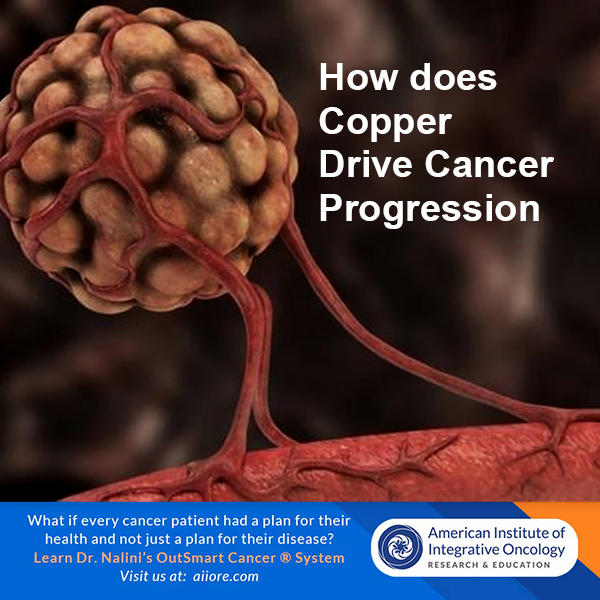Breast cancer is the most common cancer affecting women worldwide. Radiation dermatitis affects nearly all women receiving radiotherapy for breast cancer. 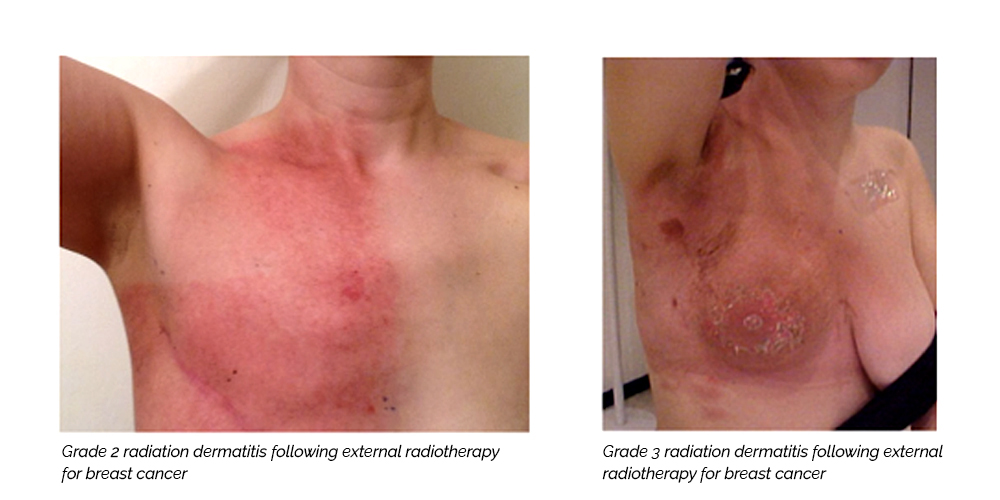
RID may result in less tolerance to treatment and even discontinuation of treatment. The patient may have skin changes ranging from faint erythema (reddening) and desquamation (peeling skin) to skin necrosis (death of skin cells) and ulceration, depending on the severity of the reaction. Several studies demonstrate that topical green tea extract may be an effective prophylactic treatment.
To make a strong hot water extract: Place 8 tea bags of organic green tea into 1 cup of filtered or distilled water. Bring to a boil and simmer covered for 20 minutes. Place extract into sterile glass dropper bottle. (Available at most pharmacies). Spray skin liberally before and after radiotherapy treatment.
The National Cancer Institute (USA) has developed 4 criteria for the classification of acute radiation dermatitis:
- Grade 1 – Faint erythema or desquamation.
- Grade 2 – Moderate to brisk erythema or patchy, moist desquamation confined to skin folds and creases. Moderate swelling.
- Grade 3 – Confluent, moist desquamation greater than 1.5 cm diameter, which is not confined to the skin folds. Pitting oedema (severe swelling).
- Grade 4 – Skin necrosis or ulceration of full-thickness dermis (middle layer of skin).
Hymes SR, Strom EA, Fife C. Radiation dermatitis: Clinical presentation, pathophysiology and treatment 2006. J Am Acad Dermatol 2006; 54:28-46. PubMed
https://dermnetnz.org/topics/radiation-dermatitis
Epigallocatechin-3-gallate ameliorates radiation-induced acute skin damage in breast cancer patients undergoing adjuvant radiotherapy
In a study using topical Epigallocatechin-3-gallate forty nine patients topical EGCG was applied daily during radiotherapy treatment. “Topical EGCG was applied daily, starting when grade I dermatitis appeared and ending two weeks after radiotherapy. The maximum dermatitis observed during the EGCG treatment was as follows: Grade 1 toxicity, 71.4% (35 patients); grade 2 toxicity, 28.6% (14 patients); there were no patients with grade 3 or 4 toxicity. The majority of the radiation-induced dermatitis was observed 1 week after the end of radiotherapy. EGCG reduced the pain in 85.7% of patients, burning-feeling in 89.8%, itching in 87.8%, pulling in 71.4%, and tenderness in 79.6%.”
Zhu W et al Oncotarget. 2016 Jul 26;7(30):48607-48613. doi: 10.18632/oncotarget.9495. PMID: 27224910; PMCID: PMC5217042.
Efficacy of Epigallocatechin-3-Gallate in Preventing Dermatitis in Patients With Breast Cancer Receiving Postoperative Radiotherapy: A Double-Blind, Placebo-Controlled, Phase 2 Randomized Clinical Trial
A total of 180 eligible patients were enrolled, of whom 165 (EGCG, n = 111; placebo, n = 54) were evaluable for efficacy (median [range] age, 46 [26-67] years). The occurrence of grade 2 or worse RID was significantly lower (50.5%; 95% CI, 41.2%-59.8%) in the EGCG group than in the placebo group (72.2%; 95% CI, 60.3%-84.1%) (P = .008). The mean RIDI in the EGCG group was significantly lower than that in the placebo group. Furthermore, symptom indexes were significantly lower in patients receiving EGCG. Four patients (3.6%) had adverse events related to the EGCG treatment, including grade 1 pricking skin sensation (3 [2.7%]) and pruritus (1 [0.9%]).
Prophylactic use of EGCG solution significantly reduced the incidence and severity of RID in patients receiving adjuvant radiotherapy for breast cancer.
Zhao H, Zhu W, et al. JAMA Dermatol. 2022 Jul 1;158(7):779-786. doi: 10.1001/jamadermatol.2022.1736. PMID: 35648426; PMCID: PMC9161122.
The effects of tea extracts on proinflammatory signaling
Tea extracts supported the restitution of skin integrity.
Tea extracts inhibited proteasome function and suppressed cytokine release.
NF-kappaB activity was altered by tea extracts in a complex, caspase-dependent manner, which differed from the effects of epigallocatechin-gallate.
Additionally, both tea extracts, as well as epigallocatechin-gallate, slightly protected macrophages from ionizing radiation
Pajonk F, et al, BMC Med. 2006 Dec 1;4:28. doi: 10.1186/1741-7015-4-28. PMID: 17140430; PMCID: PMC1698929.
doi: 10.1186/1741-7015-4-28. PMID: 17140430; PMCID: PMC1698929.

